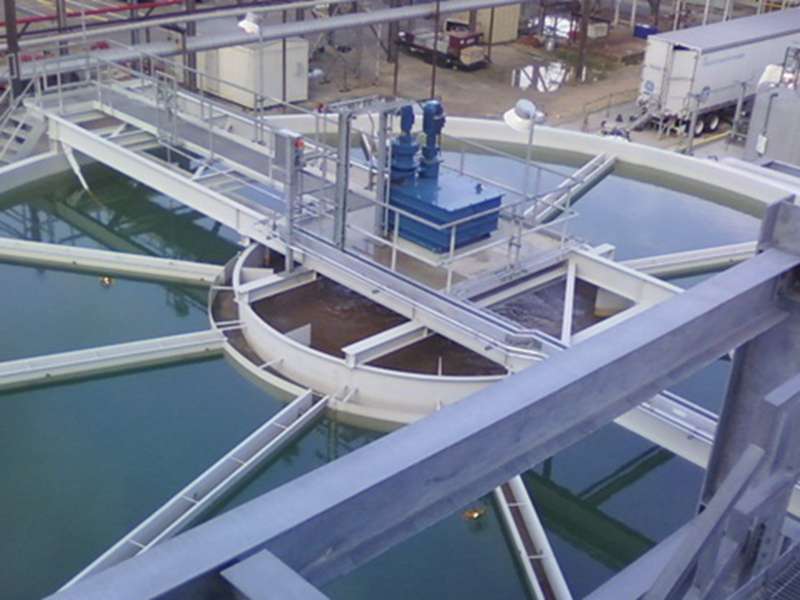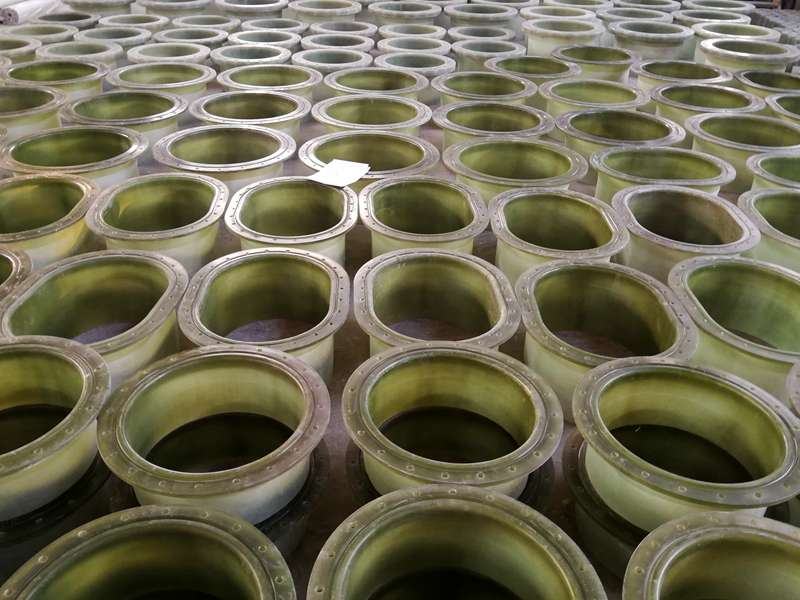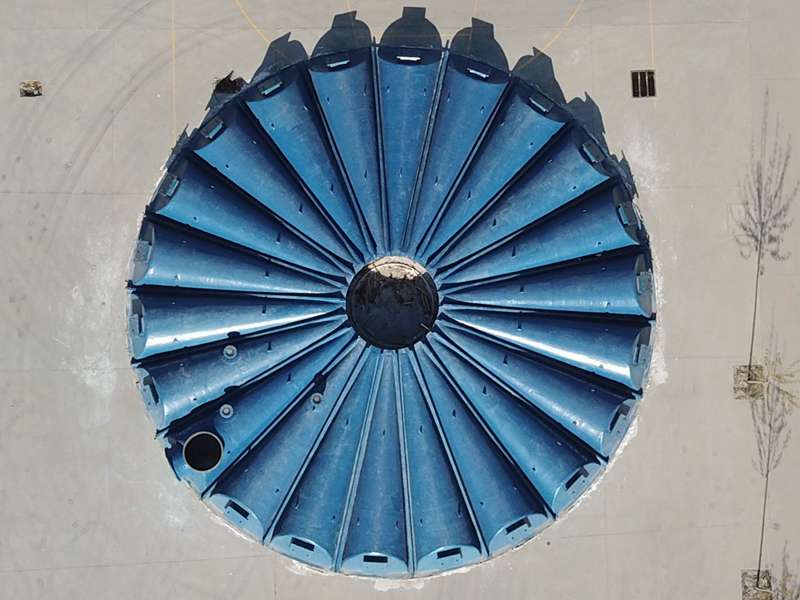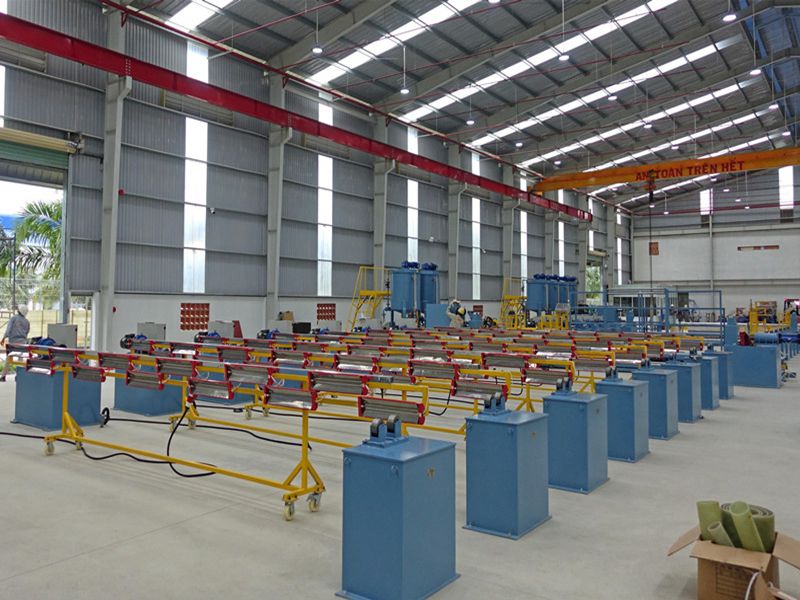
-
 Afrikaans
Afrikaans -
 Albanian
Albanian -
 Amharic
Amharic -
 Arabic
Arabic -
 Armenian
Armenian -
 Azerbaijani
Azerbaijani -
 Basque
Basque -
 Belarusian
Belarusian -
 Bengali
Bengali -
 Bosnian
Bosnian -
 Bulgarian
Bulgarian -
 Catalan
Catalan -
 Cebuano
Cebuano -
 China
China -
 China (Taiwan)
China (Taiwan) -
 Corsican
Corsican -
 Croatian
Croatian -
 Czech
Czech -
 Danish
Danish -
 Dutch
Dutch -
 English
English -
 Esperanto
Esperanto -
 Estonian
Estonian -
 Finnish
Finnish -
 French
French -
 Frisian
Frisian -
 Galician
Galician -
 Georgian
Georgian -
 German
German -
 Greek
Greek -
 Gujarati
Gujarati -
 Haitian Creole
Haitian Creole -
 hausa
hausa -
 hawaiian
hawaiian -
 Hebrew
Hebrew -
 Hindi
Hindi -
 Miao
Miao -
 Hungarian
Hungarian -
 Icelandic
Icelandic -
 igbo
igbo -
 Indonesian
Indonesian -
 irish
irish -
 Italian
Italian -
 Japanese
Japanese -
 Javanese
Javanese -
 Kannada
Kannada -
 kazakh
kazakh -
 Khmer
Khmer -
 Rwandese
Rwandese -
 Korean
Korean -
 Kurdish
Kurdish -
 Kyrgyz
Kyrgyz -
 Lao
Lao -
 Latin
Latin -
 Latvian
Latvian -
 Lithuanian
Lithuanian -
 Luxembourgish
Luxembourgish -
 Macedonian
Macedonian -
 Malgashi
Malgashi -
 Malay
Malay -
 Malayalam
Malayalam -
 Maltese
Maltese -
 Maori
Maori -
 Marathi
Marathi -
 Mongolian
Mongolian -
 Myanmar
Myanmar -
 Nepali
Nepali -
 Norwegian
Norwegian -
 Norwegian
Norwegian -
 Occitan
Occitan -
 Pashto
Pashto -
 Persian
Persian -
 Polish
Polish -
 Portuguese
Portuguese -
 Punjabi
Punjabi -
 Romanian
Romanian -
 Russian
Russian -
 Samoan
Samoan -
 Scottish Gaelic
Scottish Gaelic -
 Serbian
Serbian -
 Sesotho
Sesotho -
 Shona
Shona -
 Sindhi
Sindhi -
 Sinhala
Sinhala -
 Slovak
Slovak -
 Slovenian
Slovenian -
 Somali
Somali -
 Spanish
Spanish -
 Sundanese
Sundanese -
 Swahili
Swahili -
 Swedish
Swedish -
 Tagalog
Tagalog -
 Tajik
Tajik -
 Tamil
Tamil -
 Tatar
Tatar -
 Telugu
Telugu -
 Thai
Thai -
 Turkish
Turkish -
 Turkmen
Turkmen -
 Ukrainian
Ukrainian -
 Urdu
Urdu -
 Uighur
Uighur -
 Uzbek
Uzbek -
 Vietnamese
Vietnamese -
 Welsh
Welsh -
 Bantu
Bantu -
 Yiddish
Yiddish -
 Yoruba
Yoruba -
 Zulu
Zulu
Exploring the Dynamics of Extension-Based Anchor Coupling in Structural Applications for Enhanced Performance
Exploring Extension Anchor Coupling A Vital Concept in Structural Engineering
In the realm of structural engineering, the integrity and resilience of structures rely heavily on the coupling mechanisms employed in their design. One particular concept that has gained prominence is the extension anchor coupling. This technique plays a crucial role in ensuring that structures can withstand various loads and conditions, particularly during seismic events or strong winds. Understanding its principles and applications is fundamental for engineers aiming to enhance the durability and safety of constructions.
What is Extension Anchor Coupling?
Extension anchor coupling refers to a method used to connect different components of a structure, allowing them to function cohesively while accommodating movements and forces acting upon them. This type of coupling is essential in applications where tensile strength and flexibility are required, such as in bridges, high-rise buildings, and other large infrastructures. The primary aim is to prevent catastrophic failure by ensuring that individual parts of a structure can move slightly while still being interconnected.
Principles of Operation
The coupling works on the basic principle of extension—meaning it allows for a certain degree of elongation or compression without disengaging the anchor points. Typically, these anchors are embedded within the structural elements and can extend or retract as needed. This feature is particularly essential in seismic design, where ground shaking can cause substantial displacement. By employing extension anchor couplings, engineers can design structures that absorb and mitigate these movements without compromising their overall stability.
Applications in Structural Design
extension anchor coupling

One of the most significant applications of extension anchor coupling is in seismic retrofitting of older buildings
. As awareness of the need for earthquake-resistant structures has increased, many existing buildings are being upgraded with modern couplings that incorporate these principles. The coupling mechanism allows older buildings to better withstand seismic forces, reducing the risk of collapse and enhancing occupant safety.Moreover, in bridge construction, extension anchor couplings are frequently used to connect piers to girders. This connection is crucial as it facilitates the transfer of loads while allowing for thermal expansion and contraction due to temperature changes. Engineers carefully calculate the necessary tension and compression capabilities of these couplings to ensure they can withstand dynamic forces, including wind and traffic loads.
Advantages of Extension Anchor Coupling
The advantages of utilizing extension anchor couplings in structural engineering are multifaceted. Firstly, they offer enhanced flexibility, which is vital for adapting to environmental changes. This flexibility also contributes to a structure's longevity, as it reduces stress on individual components.
Secondly, the use of extension anchor coupling can lead to cost savings in maintenance and repairs. Structures designed with effective coupling mechanisms tend to require less frequent interventions and exhibit fewer signs of wear over time. This results in lower operational costs and increased structural lifecycle.
Conclusion
In conclusion, extension anchor coupling is an essential component in modern structural engineering. Its ability to connect different structural elements while allowing for necessary movements makes it indispensable, particularly in the context of earthquake resilience and dynamic load management. As the field continues to evolve and adapt to the challenges posed by climate change and urbanization, understanding and implementing extension anchor coupling will remain crucial for engineers striving to create safe, durable, and adaptable structures. By embracing such innovative techniques, we can ensure that our built environment is not only functional but also resilient in the face of future challenges.









